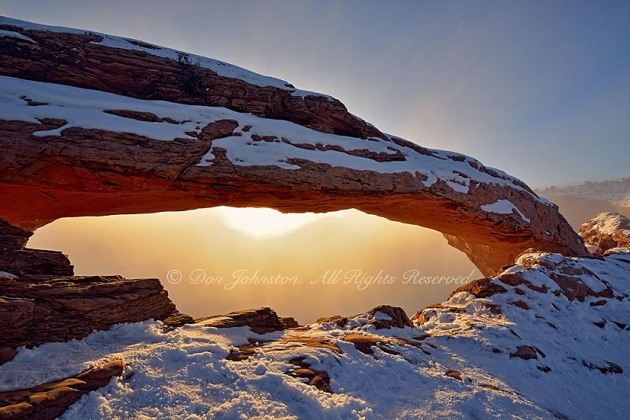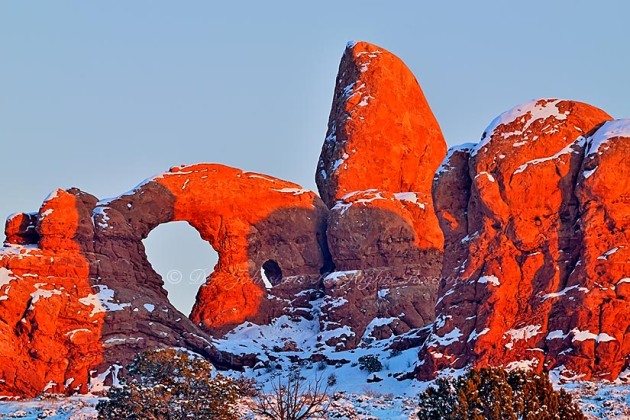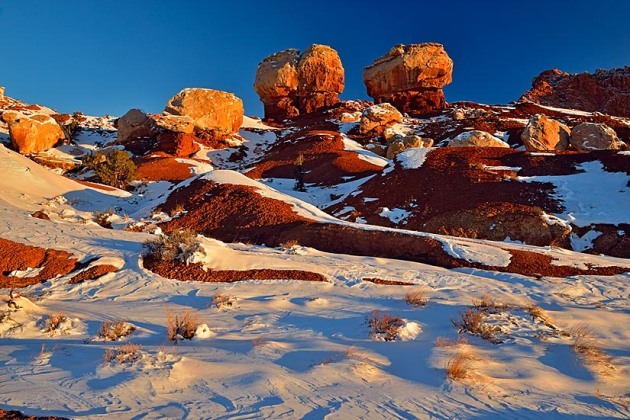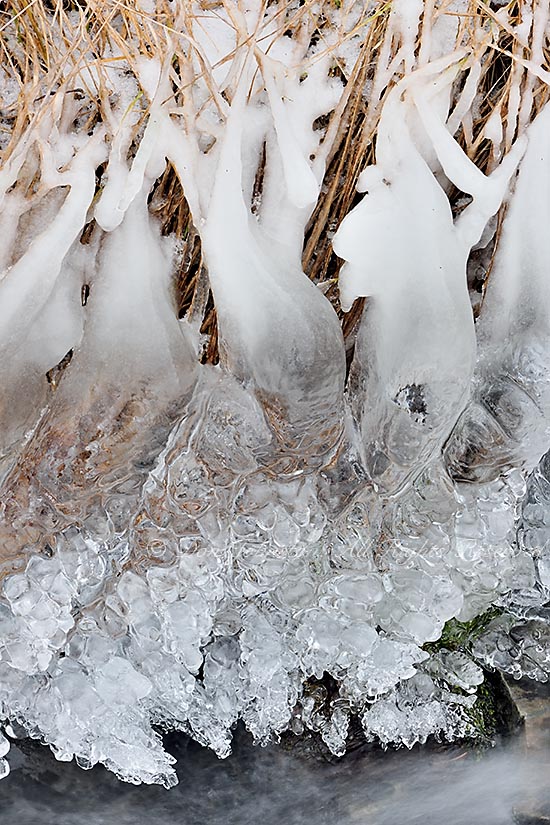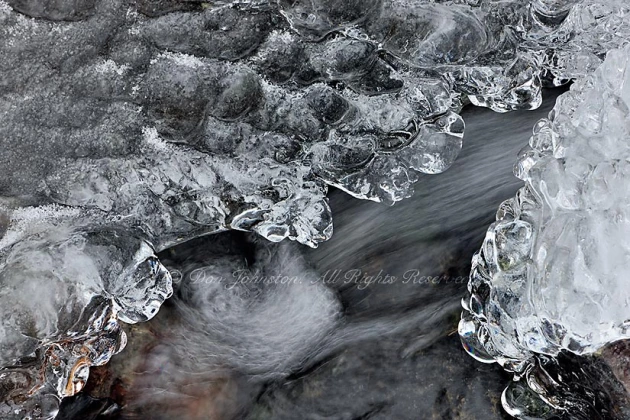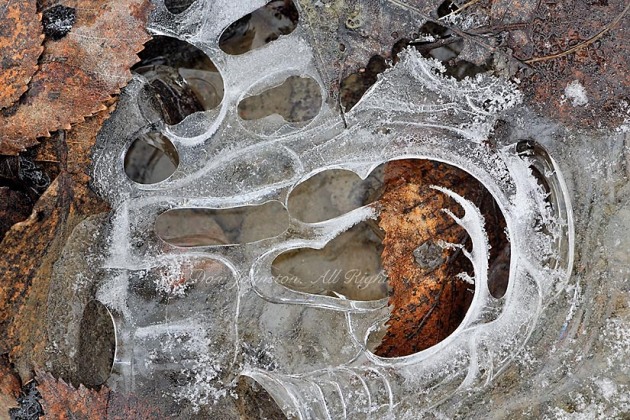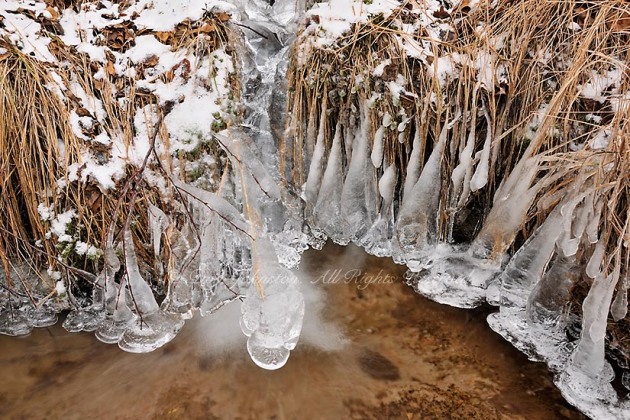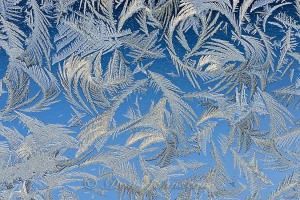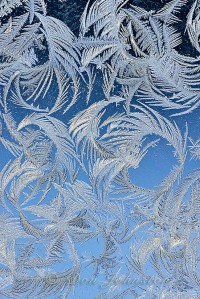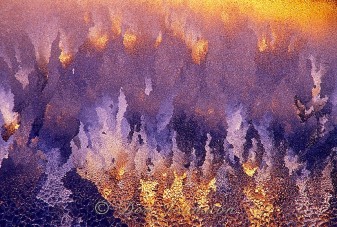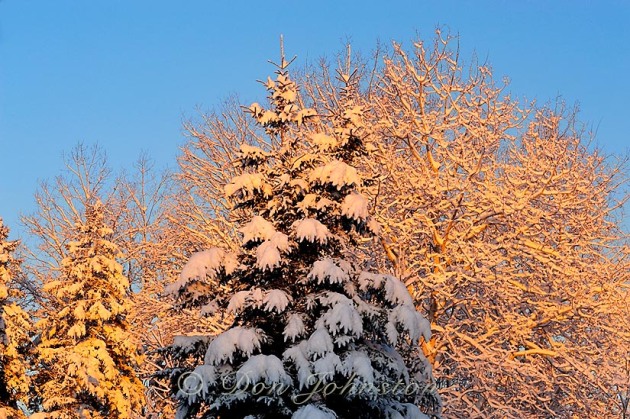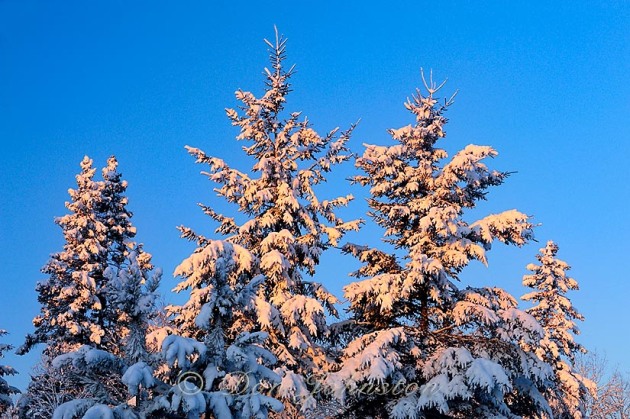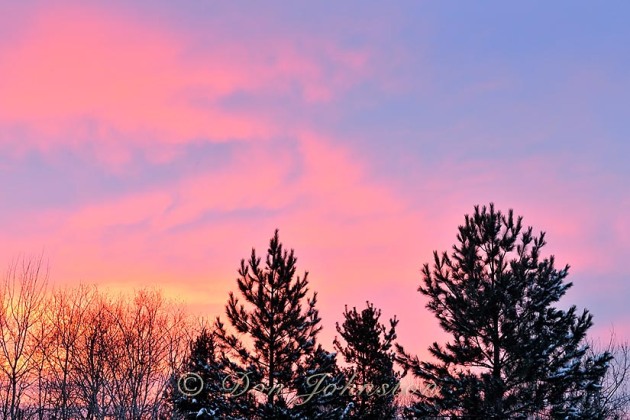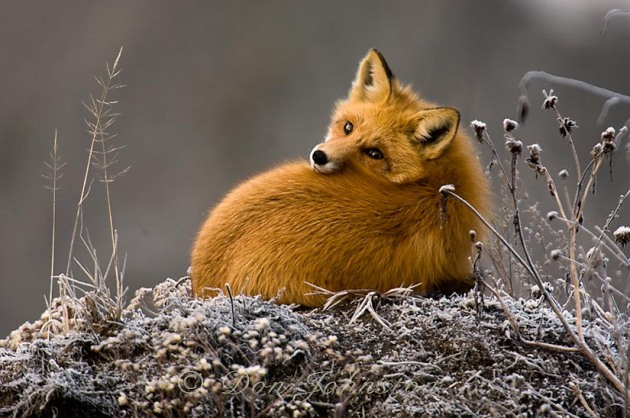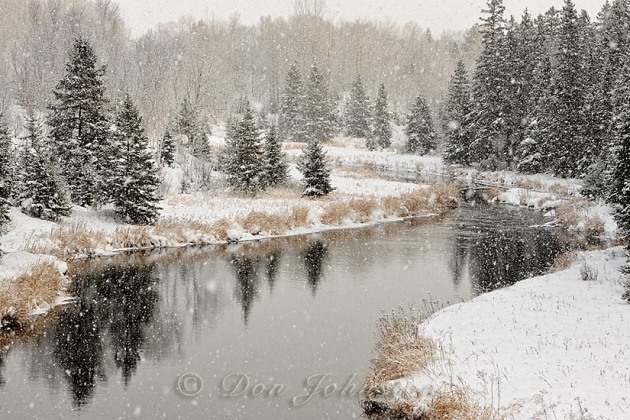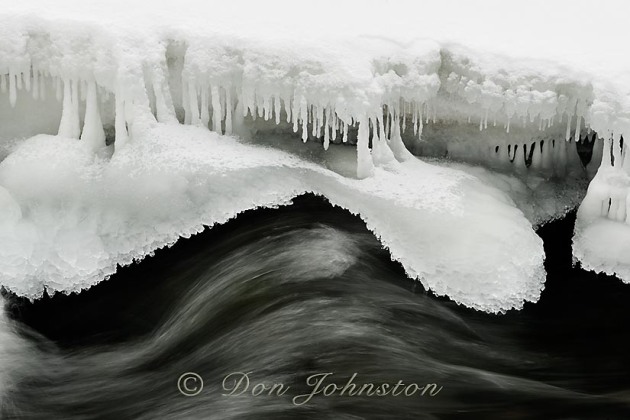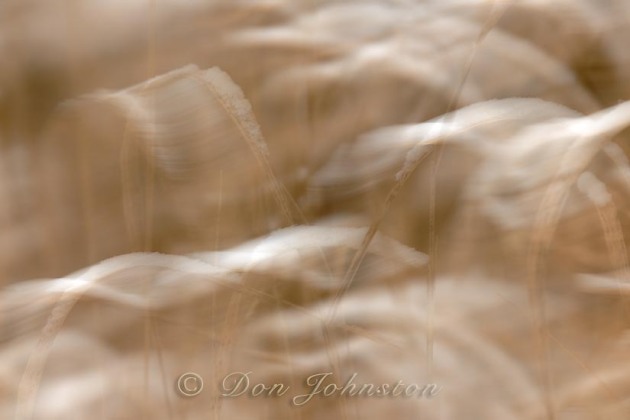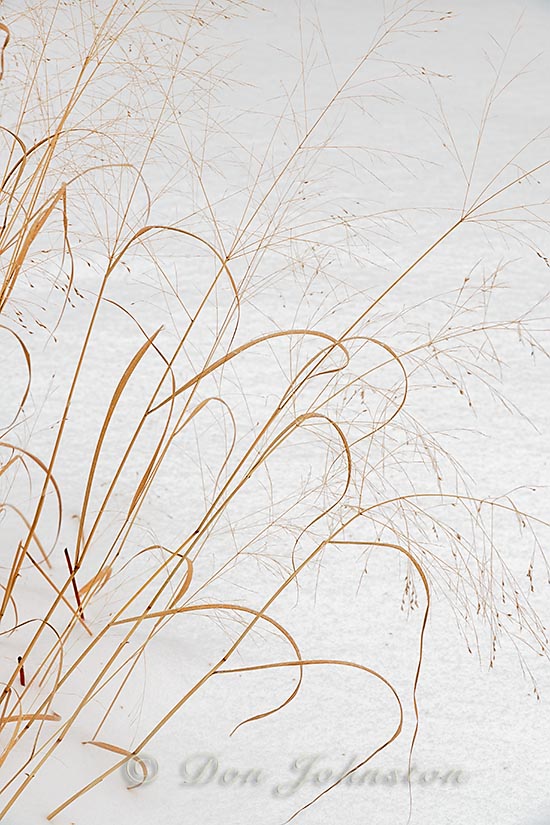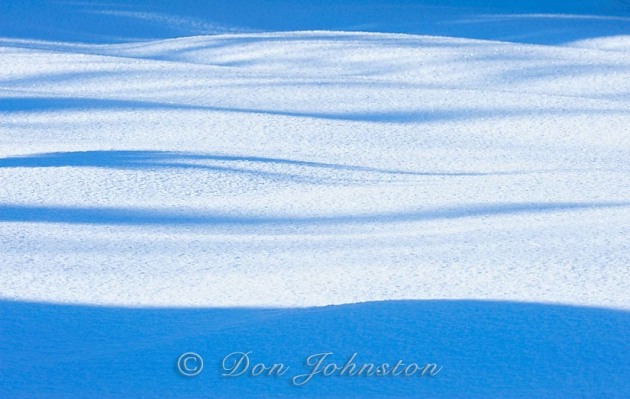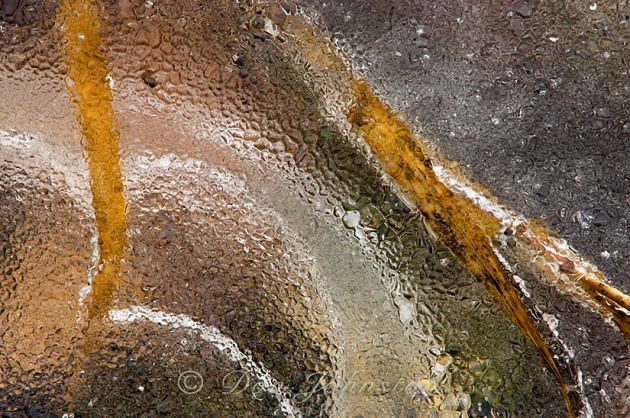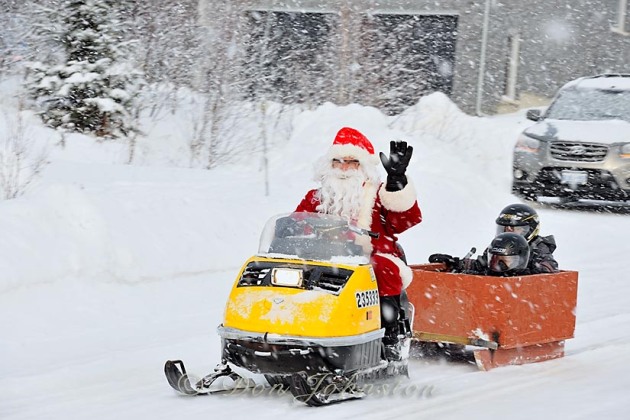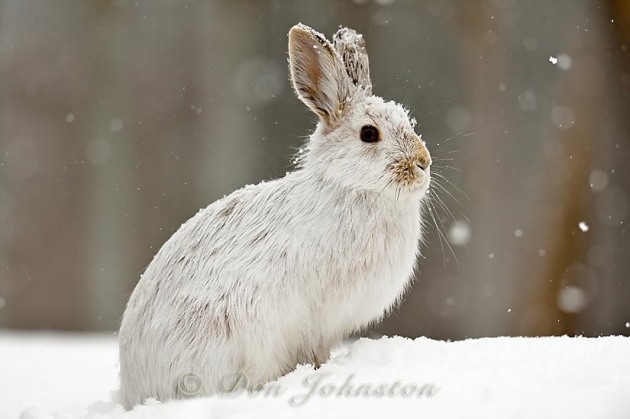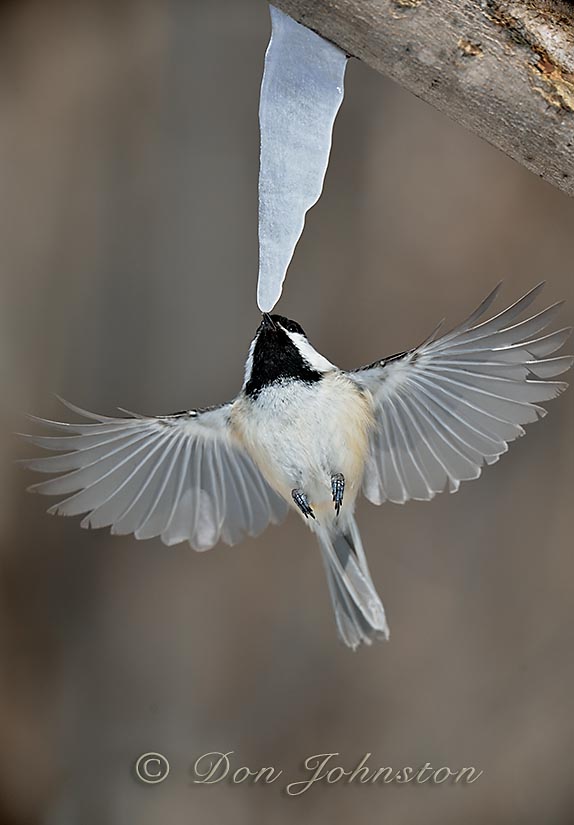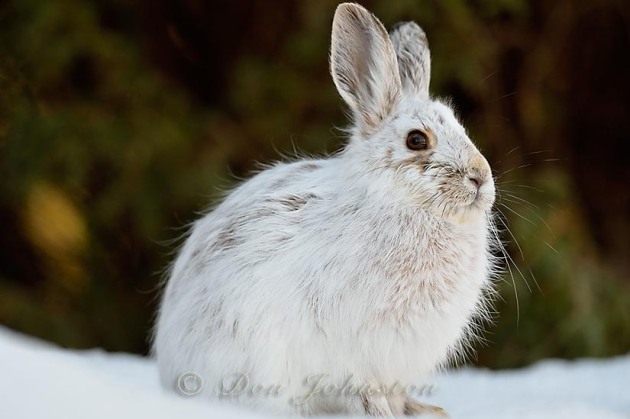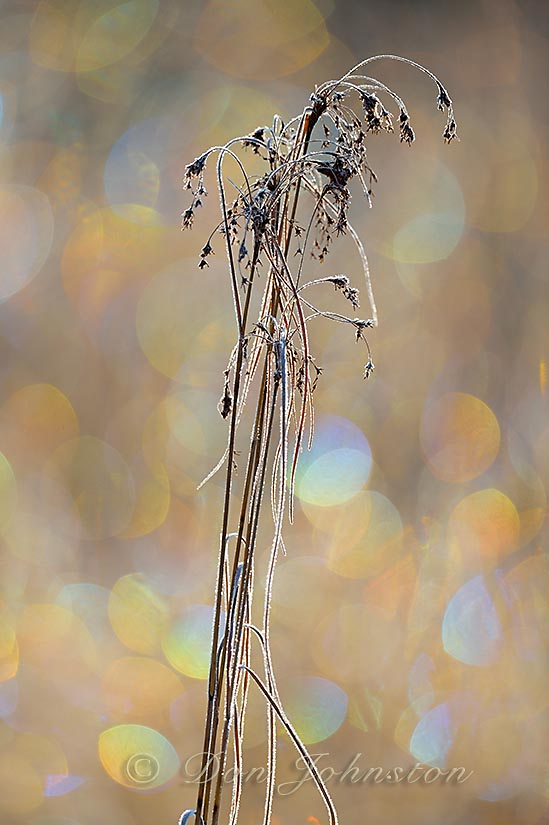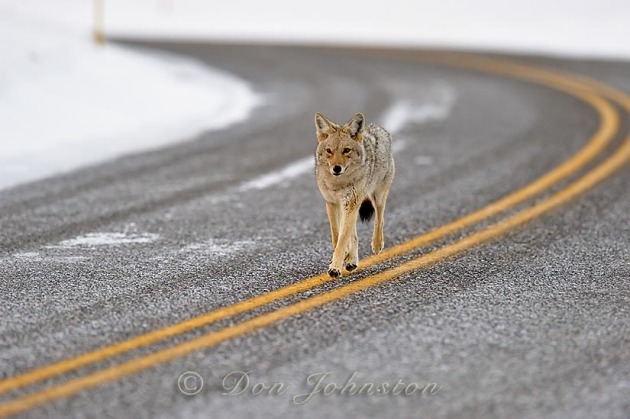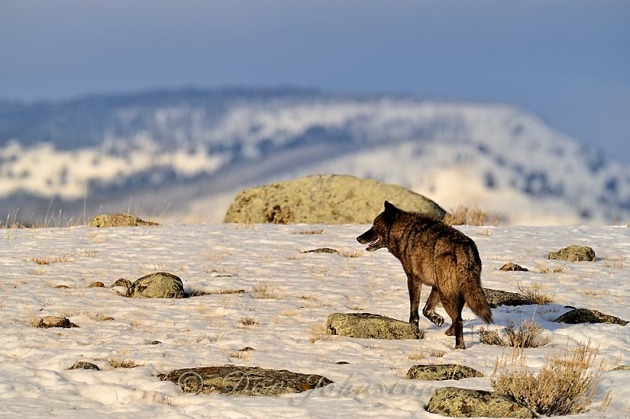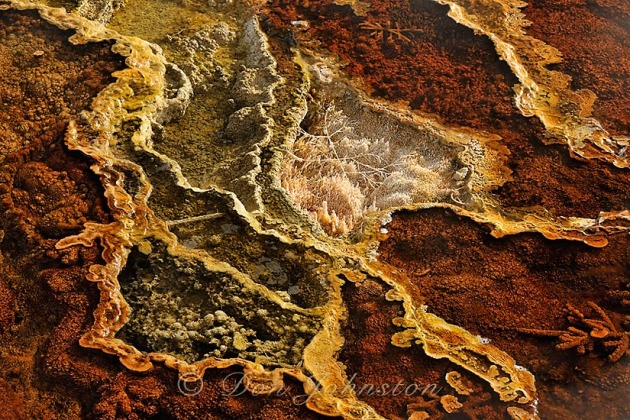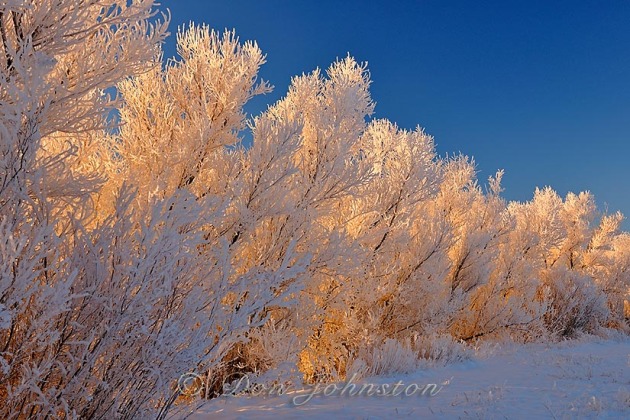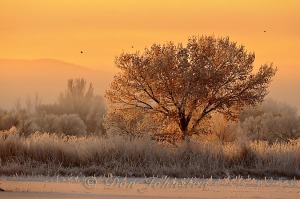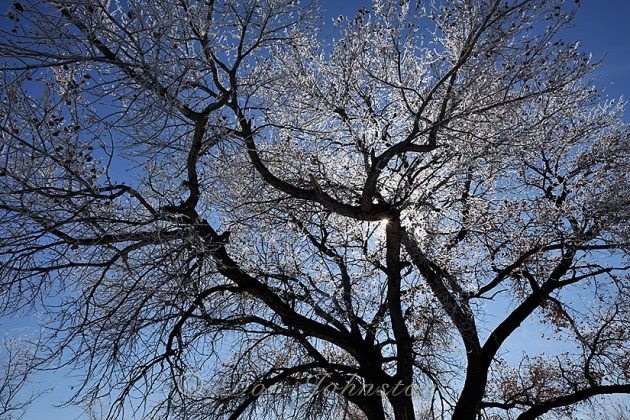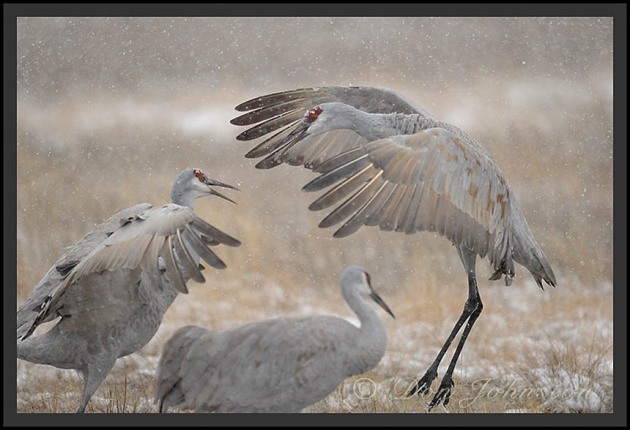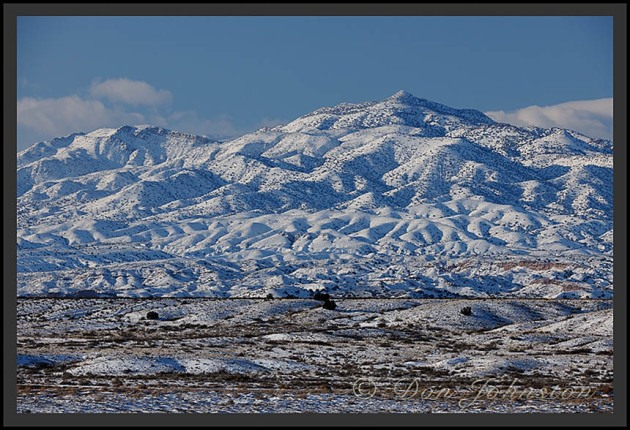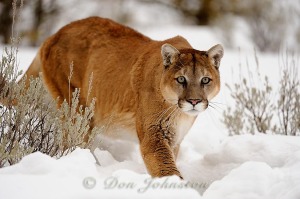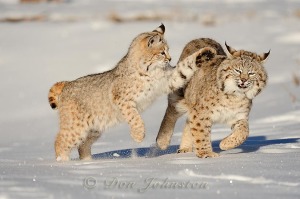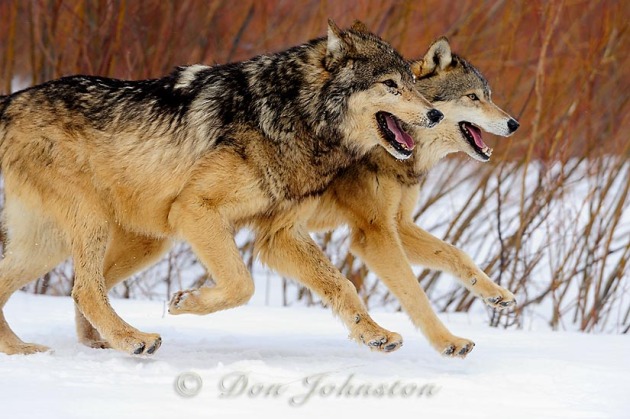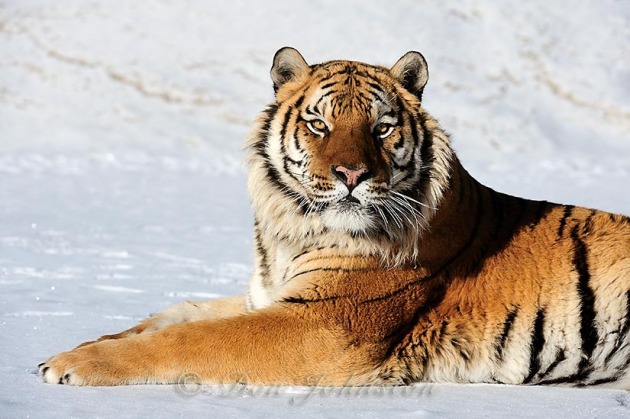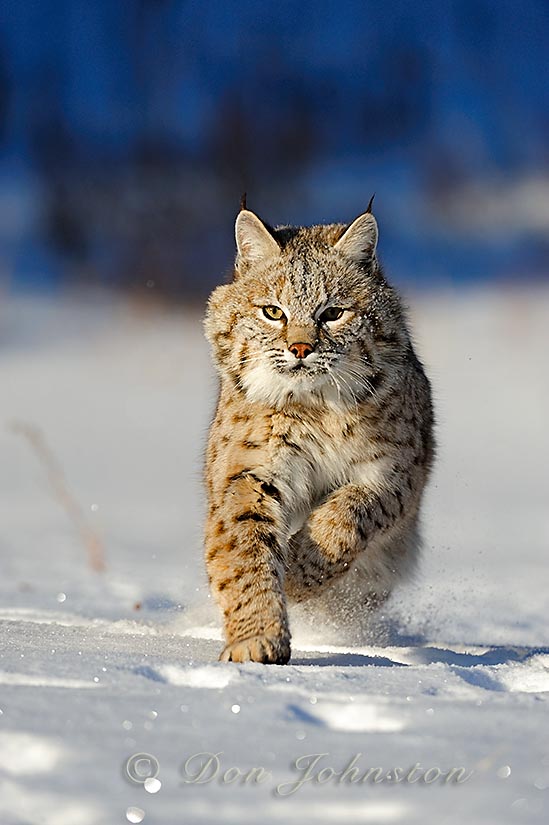Utah’s ‘Big Five’ in Winter
March 2, 2016 7 Comments
For the second time in three years Brenda and I travelled to Las Vegas to watch international curling- the Continental Cup of Curling that pits 6 North American teams against 6 World teams over the course of 4 days. It’s similar to a Ryder Cup/President’s Cup (golf) in this case featuring Olympic level teams at the Orleans Arena.
Driving that far, I decided to combine the Vegas visit with some winter photography in State and National Parks nearby. There are 5 famous National Parks in the state of Utah. We towed our trailer with the intention of camping in parks like Zion and Capitol Reef which keep campgrpunds open during the winter. I was under no illusion that it could be cold and snowy and this year’s El Nino seemed to ensure that notion by amplifying winter in that part of the continent. Ontario, on the other hand, was experiencing a mild winter- the first first brown Christmas I have experienced in a long time, but the west seemed to be getting its share of snow and cold temperatures.
As a photographer I was looking forward to seeing the fabled red rock canyonlands of Utah with snow and winter conditions. After all, it is a high desert, with little precipitation and the region has been photographed extensivley over the years during the more tourist friendly seasons, so I was hoping for some unique images. It was our first visit in twenty five years (!) and I was not disappointed. Arches, Canyonlands, Bryce, Zion and Capitol Reef were blanketed with fresh or recent snowfalls. Some of the trails and viewpoints were icy and slippery but a pair of slip on ice grips made the footing safer.
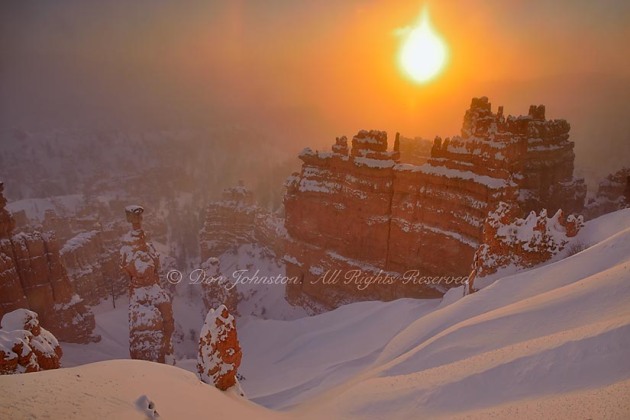
Hoodoos with winter snow and ice fog at dawn, from Sunset Point, Bryce Canyon National Park, Utah, USA
The snow and cold temperatures drove us into motels at times especially at Bryce Canyon when one of California’s winter storms moved east and dumped about 40 cm of fresh snow, driven by a howling wind. At its peak the weather resembled the worst of what we can get in January in Northern Ontario. But the roads are well maintained in Utah. The only exception was the main park road in Bryce, closed temporaily past the first couple of viewpoints. The park service did an excellent job under the prevailing conditions, maintaining the road in to Sunset Point and even snow-blowing the viewpoint paths.
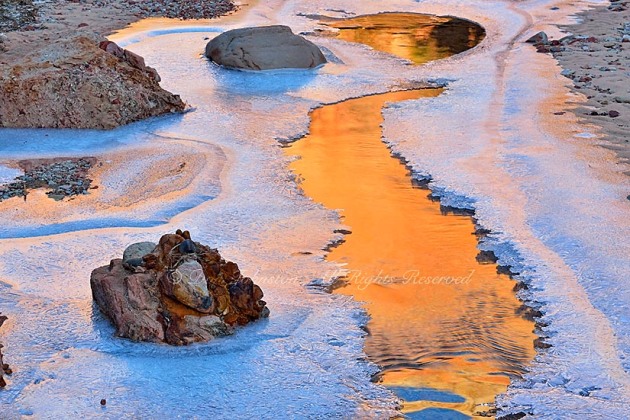
Ice formations along the Pine River with Zion Canyon alpenglow reflections in open water, Zion National Park, Utah, USA
The Big 5 National Parks of Utah were not our only ports of call. For more images of the parks and other locales in the Grand Staircase please visit these galleries on my 500px site. https://500px.com/don_johnston/galleries/utah-s-big-five-in-winter and https://500px.com/don_johnston/galleries/red-rock-country-winter-2016.
Thanks for reading! Please share with others.

